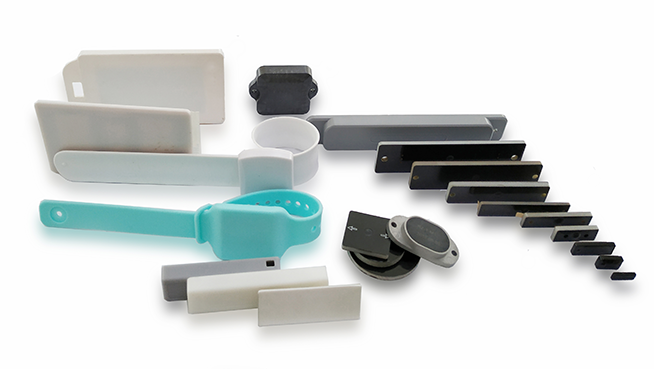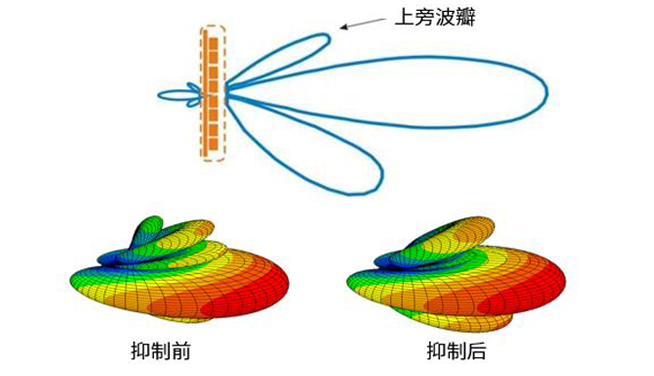
For many years, retailers have been using RFID technology to keep goods in stock. In most cases, brands and distribution centers do not use RFID tags, and most of the tags are read at the store. Therefore, the product has little traceability on the supply chain side. However, Auburn University’s white paper based on a one-year survey shows that when brands and retailers use RFID technology and share the movement of items on the supply chain, item information accuracy can reach 100%, which can reduce recalls and claims. cost.
This month, Auburn University's RFID Lab and GS1 USA released a white paper describing the Zipper project for EPC/RFID retail supply chain data exchange research. The project tracks the movement of tagged items within eight brand owners and five retailers, moving from the manufacturing end to the distribution center of the brand and retailer and moving to the store.
The study found supply chain errors that exceeded expectations, and the rate of item-to-delivery information between brands and retailers reached 69%. Most of this inaccurate information is caused by vulnerabilities in systems currently used to capture and share data. Michelle Covey, GS1's vice president of retail apparel and general merchandise in the United States, explains that these errors typically occur in the receiving, shipping, and distribution of distribution centers and are highly relevant to data collection methods. During the project, the RFID team compared the barcode scanner with the data collected by the RFID tag.
The researchers found that when RFID technology was not used, the overall inventory accuracy was only 63%. On the other hand, when using RFID technology, inventory accuracy can reach 95%. In addition, when using RFID technology, the store shortage rate is reduced by 50%, which is a very exciting news.
The Auburn University RFID Lab was established in 2005 to understand how RFID brings value to the retail market and works with retailers such as Wal-Mart, JCPenney, Nordstrom and Dillard's. According to Justin Patton, director of the lab, the technology has evolved from tracking of pallets and boxes to item-level tracking. In the past decade, most of the research conducted by the lab has focused on the benefits of RFID technology in tracking retail items.
Patton said that the insufficient number of tags in the supply chain center is the biggest reason why RFID technology is not fully utilized in supply chain management, but this problem has changed in 2017, and the number of RFID tagged items has increased significantly. Although the brand began to tag items according to the retailer's requirements, the data at the supply chain was not fully utilized.
Auburn University's RFID lab expects that approximately 9 billion items have already used RFID tags, and the timing of the use of RFID technology on the supply chain management side has arrived.
The research team knows that there are many problems with current supply chain visibility and data management. In the past, supply chain did not track item-level items. Instead, the retailer uses the SKU quantity information to identify the received item. Typically, the retailer issues a purchase order, and the brand then picks and packages the items requested by the order and then delivers them. When there is an abnormality in the goods, the retailer will issue a claim.
Information communication errors are the cause of most problems. For example, an order for 30 T-shirts may be split into 2 shipments, 20 at a time, and 10 at a later delivery. When a retailer receives 20 T-shirts, it may issue complaints and claims. Upon receipt of another 10 T-shirts, the retailer will again identify the error and make further complaints and claims.
Patton said that with RFID, this error would not happen at all, because each item has an identification tag corresponding to the order. For the retail industry, complaints and claims are an expensive and ubiquitous reality, and this is the first problem solved by the Zipper project.
Eight brands including five companies including Herman Kay, Swim USA, Levi Strauss & Co and five retailers participated in the project. All eight brands use EPC UHF RFID tags to tag items. Handheld RFID readers, channel and fixed RFID readers are installed in distribution centers and retail outlets.
Patton said that the distribution center uses a reader to read the RFID tag during packaging to ensure that the item information is correct. The research team found that companies using RFID technology achieved nearly 100% accuracy in the delivery phase.
The second phase of the project will examine the sharing of data between supply chain stakeholders, including shipping notices. They will also look at other benefits that RFID can bring, such as authenticity identification, delivery of electronic certificates, and more.
Researchers say the white paper describes the value of RFID tracking in the supply chain. However, a non-vertical supply chain may have multiple distribution centers, which requires the installation of an RFID infrastructure at many sites and a shared platform that can be used to share data.
Covey said: "For a long time, research on the value of RFID has been concentrated on the retail side. Supply chain RFID is also of great value. Next, we will further study to share EPC data more effectively in a standardized format to meet customer requirements. The second phase of the Zipper project is expected to end in mid-2019.










